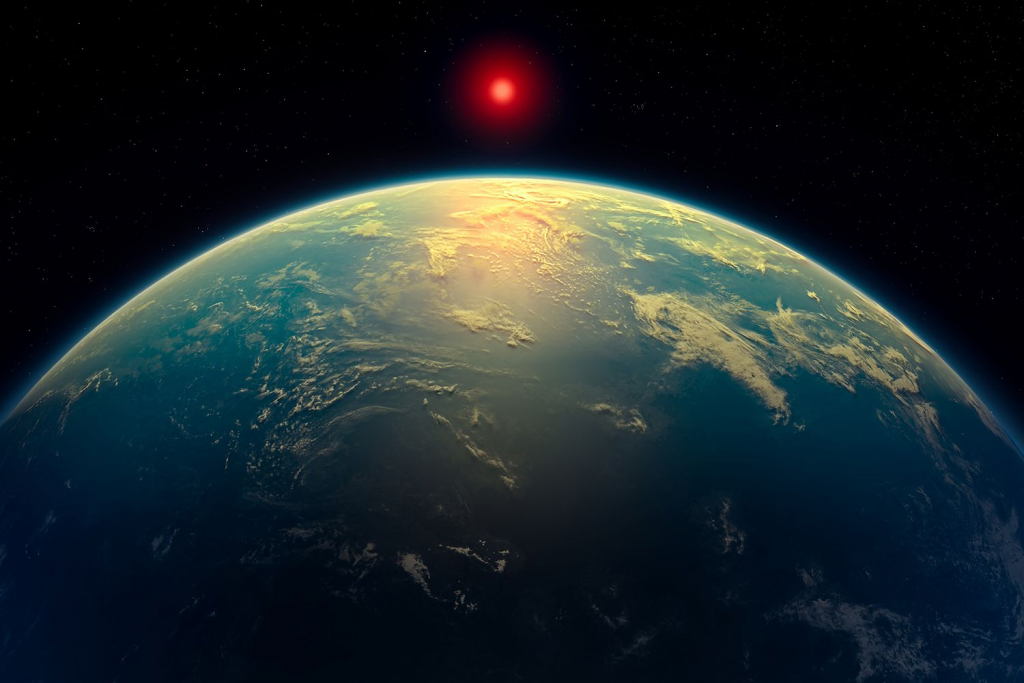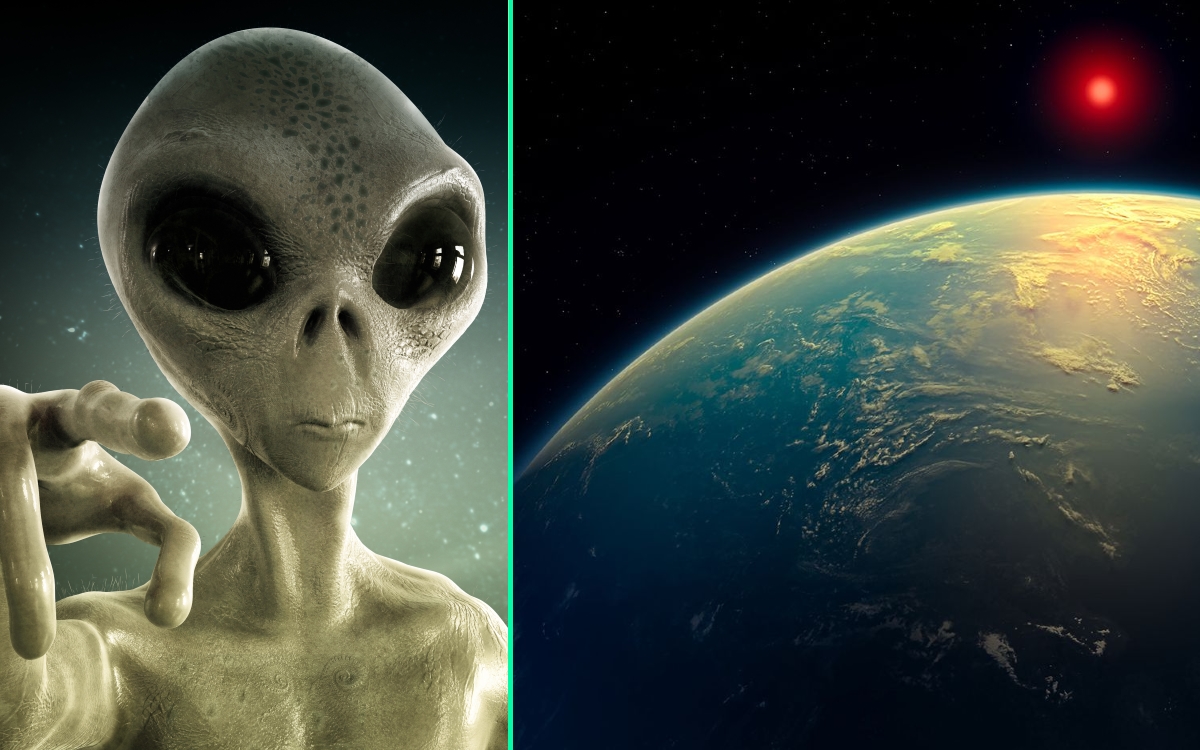A groundbreaking study out of Cambridge University this week reports a staggering 99.7% likelihood of life on the exoplanet K2‑18b, based on atmospheric data captured by the James Webb Space Telescope. In a Cambridge press release, scientists reveal that the spectral fingerprints of compounds linked to marine microbes on Earth have been detected 124 light‑years away.
The research, published in the Astrophysical Journal Letters, focuses on dimethyl sulfide and dimethyl disulfide—sulfur‑based molecules produced almost exclusively by ocean‑dwelling bacteria here. As Wired explains, these compounds are so tightly linked to biology that their presence on K2‑18b suggests a living ocean beneath a thick hydrogen atmosphere.

Still, some experts urge caution. A report from AP News and a Nature commentary warn that geological processes—such as volcanism or UV‑driven chemistry—could mimic these signatures. They stress that reaching the gold‑standard five‑sigma detection threshold will require further JWST cycles.
Meanwhile, media outlets are racing to unpack the implications. Vanity Fair heralds a potential paradigm shift in the search for extraterrestrial life, while CBS News highlights the challenges of studying an ocean world twice Earth’s size. Even Yahoo UK notes record‑breaking traffic to K2‑18b’s Wikipedia page as readers scramble for context.
Online reaction has been lively. Amateur astronomers are calling for a catchier name—“Oceanus” tops the polls—while skeptics debate in forums over potential false positives.
We need to start giving exoplanets better names than K2‑18b. Call it Oceanus, please. https://twitter.com/liamstack/status/1912698760573997167— Liam Stack (@liamstack) April 17, 2025
Scientists find ‘strongest hints yet’ of life on another planet called K2‑18b. Mind = blown. https://twitter.com/wxyzdetroit/status/1912959343558860923— WXYZ Detroit (@WXYZDetroit) April 18, 2025
To me, the news isn’t that this world exists—I expect the galaxy to be teeming with life. Intelligent life is another conversation. https://twitter.com/GSJennsen/status/1912885702192496867— G. S. Jennsen (@GSJennsen) April 18, 2025
Here are the top takeaways from this revelation:
- Biosignature detection: Dimethyl sulfide and related molecules found in the atmosphere.
- Statistical confidence: 99.7% probability of biological origin, currently at ~3σ significance.
- Geological caveats: Volcanic and photochemical processes could mimic signals.
- Next steps: Additional JWST observing cycles and planned follow‑up by the Planetary Society.
Astrobiologists are already drafting proposals for direct imaging missions and lab‑based analog studies on Earth, detailed in a Scientific American feature. NASA’s upcoming Astrobiology Program has earmarked K2‑18b for priority review.

If these biosignatures hold up, the next decade could see our first true glimpse into alien oceans—and maybe, microscopic creatures drifting under alien skies. The hunt for life has never felt closer to home, even at the far edge of our galaxy.





